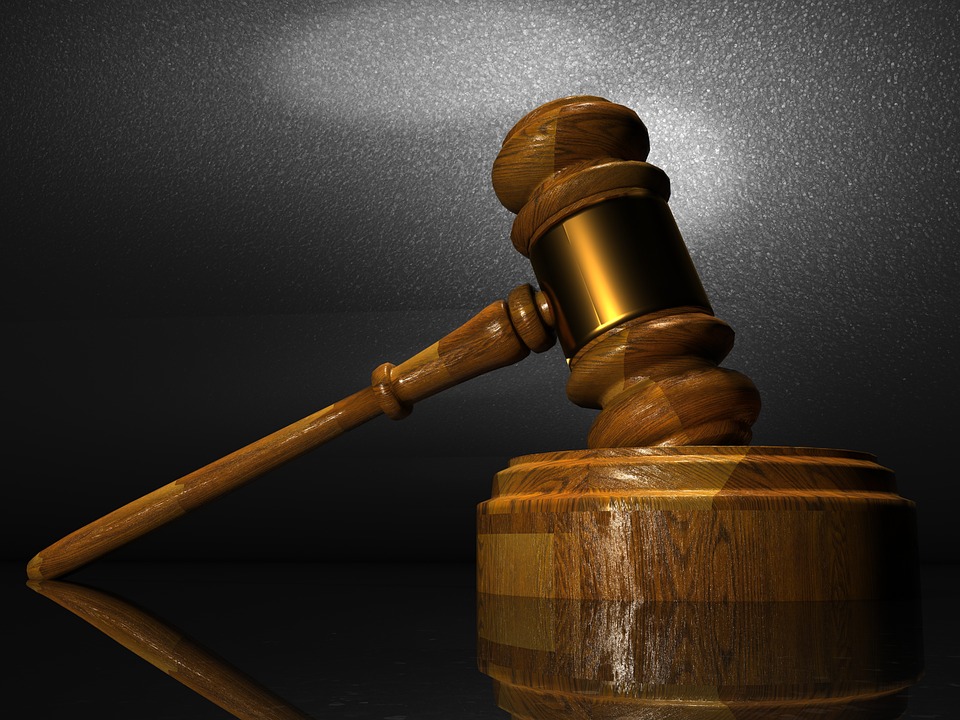In what appears to be the next step toward community patent review, the Peer-to-Patent Project is poised to move under the auspices of the U.S. Patent and Trademark Office, sources working on the project indicated.
The goal of the Peer-to-Patent Project, which ended its second pilot period in December, is to allow the public to cite prior art to invalidate potential software patents, and in doing so, bring an end to the patent approval gridlock.
David Kappos, co-creator of the project and current under secretary of commerce for intellectual property and director of the UPSTO, said his agency will evaluate all aspects of the project to determine what can be improved upon. Kappos said the agency has not made any decisions, but that he is “disposed” to look for ways to continue working on the project.
He said the project “was successful at demonstrating that collaboration works; that the public will engage on a reasonable basis with the USPTO and will supply prior art and comment to patent officers. I knew it would work from the beginning.”
The beginning was mid-2007, when Kappos and Beth Noveck—with the help of the New York Law School, where Noveck taught—launched a website and began taking patent submissions from select companies, such as General Electric and IBM.
These submissions could be evaluated by the general public, after which users could submit references to prior art that would invalidate said patents. Mark Webbink, a professor at the New York Law School who worked on Peer-to-Patent, said that the end result was a fairly simple process for citing prior art via the Web.
“As part of the learning experience for a student, here I had them sitting down and doing prior art searches. I am not a patent attorney myself, but I worked on a few [patent prior art searches with Peer-to-Patent],” he said.
“One I worked on was a GE application for managing micro grids, which are some part of a power grid. I read the claims and parsed through them, went out on Google, did a search, and found about four or five documents that seemed to be relevant. One of the ones I found ended up being the sole basis for rejecting every claim of the patent.
“I said, ‘If I can do it, almost anyone could be able to do it.’ It’s far less important for someone to be a patent professional than it is to know how to structure Boolean searches.”
Kappos said that the project “got a good level of interest. It got positive responses from examiners and the public. [The project’s participants] found significant prior art, especially in non-patent literature. That’s important in software, where so often it’s not patented prior art. Our mission as an agency is to get the best prior art in front of examiners. There clearly is value [in the project].”
Webbink believes Peer-to-Patent will likely be an official USPTO endeavor by the end of the year. The remaining question is whether the project will arrive for a third trial period, or as a full-fledged new method of engagement between the USPTO and the public it serves.






